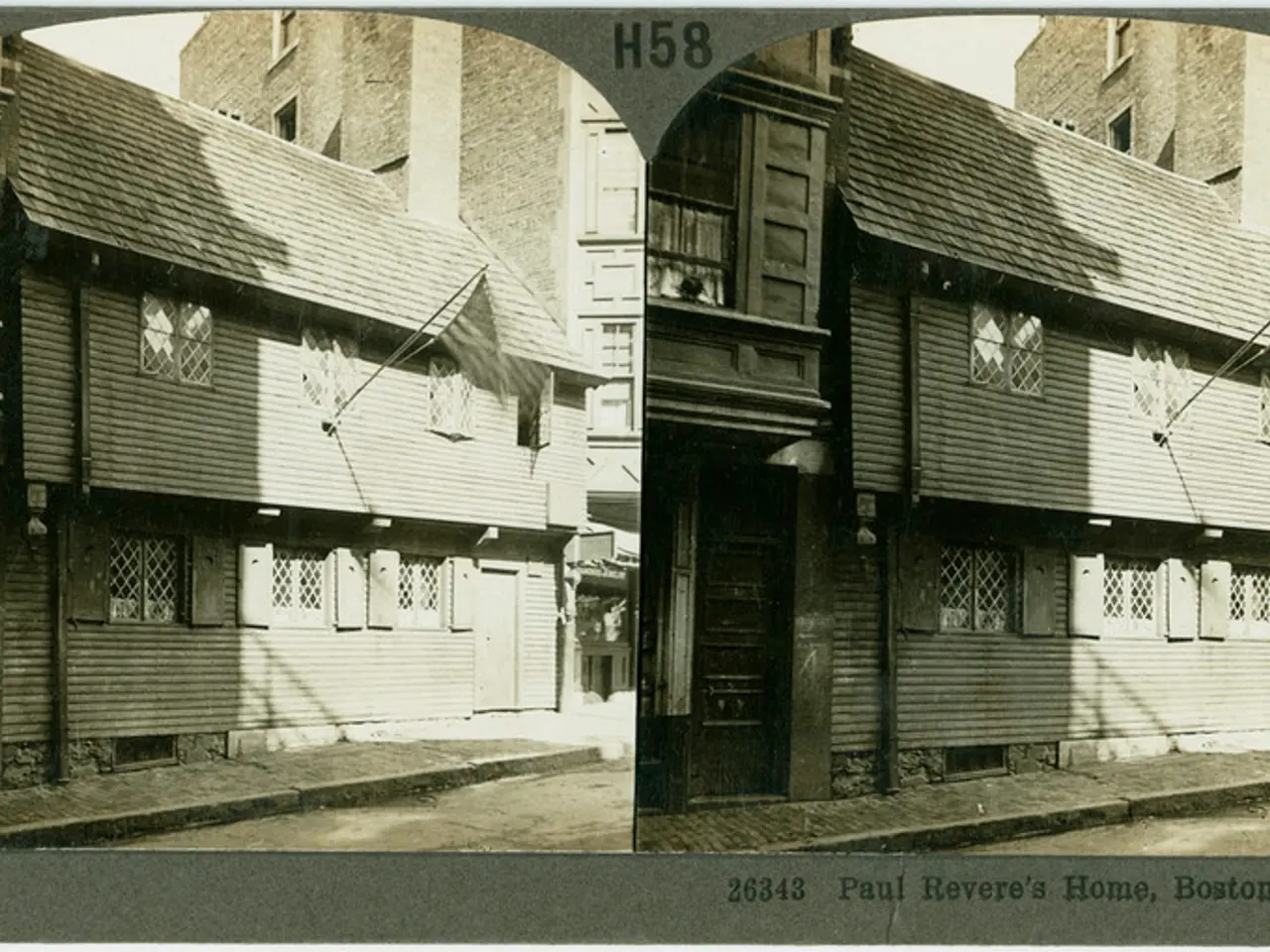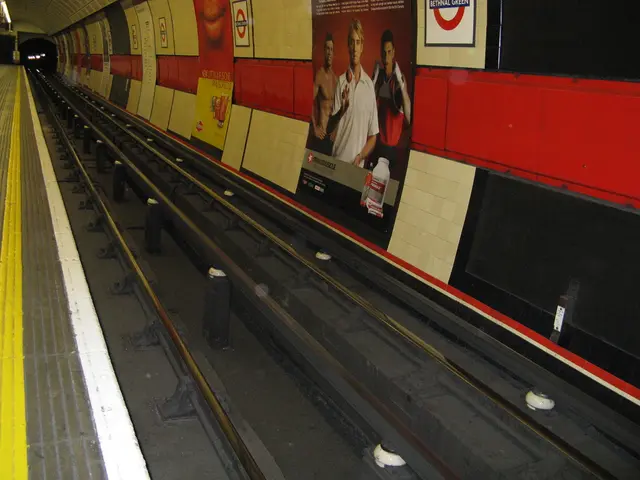Skyscraper in New York City faced a potentially catastrophic collapse; only one individual held critical knowledge about the structure's perilous state.
===========================================================================================================
The story of the 1978 structural crisis at the Citicorp Center, a towering landmark in Manhattan, is the subject of Michael M. Greenburg's latest book, The Great Miscalculation: The Race to Save New York City's Citicorp Tower. The skyscraper, completed just a year prior, stood at 601 Lexington Avenue and boasted an unconventional design, with four stilts placed mid-side rather than at corners to accommodate St. Peter's Lutheran Church on the site.
The crisis began when a Princeton engineering student questioned the building's ability to withstand quartering winds—winds hitting the building diagonally at 45 degrees. This prompted the lead structural engineer, William LeMessurier, to re-examine the building’s wind load calculations.
LeMessurier discovered a critical design flaw. During construction, welded joints specified in the steel braces were replaced with bolted joints to save costs. This change greatly weakened the building’s capacity to handle those quartering winds. Furthermore, if the building's tuned mass damper—a 400-ton counterweight designed to reduce swaying—failed, the chance of collapse was alarmingly high, estimated at about 1 in 16 annually; with the damper active, the risk was still about 1 in 55.
Facing potential catastrophe, LeMessurier made the courageous decision to self-report the flaw, risking his reputation. Under cover of darkness and secrecy, welders reinforced the bolted joints back into welded connections over several months to stabilize the structure.
LeMessurier’s swift and ethical action is credited with preventing a possible disaster in Midtown Manhattan. The building's insurer recognized the responsible handling by reducing liability premiums instead of raising them. Repairs were completed by October 1978, with LeMessurier estimating a building-toppling wind would only occur once every 700 years after the fix.
The book highlights the human and engineering elements of the crisis: the engineer’s ethical dilemma, the race against time, and the behind-the-scenes efforts that averted one of the most dangerous potential structural failures in modern skyscraper history.
It was later discovered that the tower's bracing had been bolted together, not welded, without LeMessurier's knowledge, adding to his concern about the building's stability. Another student, Lee DeCarolis, contacted LeMessurier in 1978 to relay his professor's concerns about the columns' placement. LeMessurier briefed colleagues, collaborators, and the bank about his miscalculation and the potential danger of the Citicorp Center.
The full extent of the danger was not publicized until 1995, when an article by Joseph Morgenstern was published, detailing the crisis at the Citicorp Center. The tower's susceptibility to wind stemmed from its unusual design, which was a solution to a quirk in the Manhattan site where it stood. If a storm knocked out the power to its stabilizing device, a strong enough gust could make it collapse.
The Citicorp Center's design was not universally loved but was praised for its scale and engineering ambition. The tower's architect, Hugh Stubbins, and structural engineer, William LeMessurier, designed the tower to be raised at all four of its corners, creating an inherent instability.
Corrective work was carried out under the cover of darkness in 1978 to address the vulnerability. On average, winds powerful enough to topple the building would occur in New York every 16 years. The tower, which opened on October 12, 1977, was the tallest new skyscraper in New York City since the early 1930s.
In the 1990s, another individual, Hartley, saw a documentary about the Citicorp Center that mentioned a mystery student who had raised concerns about the building's stability. LeMessurier was "almost universally commended for his disclosure and cooperation" in addressing the potential danger of the Citicorp Center.
[1] Greenburg, Michael M. The Great Miscalculation: The Race to Save New York City's Citicorp Tower. University of Chicago Press, 2021. [2] Morgenstern, Joseph. "A Skyscraper's Peril." The New York Times, 29 Oct. 1995. [3] "Citicorp Center: The Skyscraper That Almost Fell." PBS, 2003. [4] "The Engineering Crisis at Citicorp Center." American Society of Civil Engineers, 1998. [5] "Citicorp Center: The Building That Nearly Collapsed." The New Yorker, 24 Oct. 1995.
- The financial industry was impacted by the potential disaster at the Citicorp Center, as the insurer reduced liability premiums due to LeMessurier's responsible handling of the crisis.
- The unusual architecture of the Citicorp Center, with its mid-side stilts and unconventional design, raised concerns about its ability to withstand quartering winds in the real-estate industry.
- The story of the Citicorp Center's structural crisis highlights the importance of ethical investing, as lead engineer LeMessurier prioritized truth and safety over potential finances and reputation.





